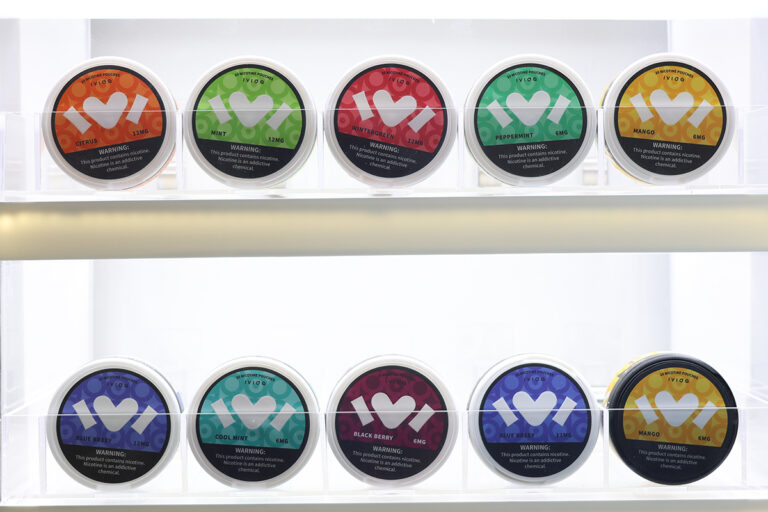Navigating Nicotine Policy Challenges in Estonia
The use of alternative tobacco products, such as nicotine pouches, has been gaining momentum in Estonia. In response, Estonian authorities are contemplating harmonizing their policies with Nordic nicotine regulations. However, policy development has been sluggish due to differing viewpoints on nicotine content restrictions.
According to a report by ERR on November 9, Annemari Linno, an advisor at the Public Health Department of the Estonian Ministry of Social Affairs, noted that Estonia is closely observing the decisions made by Nordic countries on nicotine issues. The aim is to align its tobacco and nicotine policies with those of neighboring nations to the north and south.
Since nicotine pouches were legalized in 2019, Estonia has not imposed a maximum limit on nicotine content. Linno mentioned that although the Ministry of Social Affairs has been drafting related legislation for years, the progress has been slow as the Riigikogu has prioritized other urgent issues.
Promoting reforms in tobacco and nicotine use is challenging, Linno explained, due to contrasting views within the parliament regarding nicotine content restrictions in nicotine pouches. She also highlighted strong opposition from the tobacco industry concerning these restrictions.
Diane Sirelpuu, Executive Director of Nicorex Baltic, an e-cigarette retailer in Estonia, believes regulation is necessary but stresses the importance of reasonable policies. She pointed out that many Estonian nicotine product importers have self-regulated for years, limiting products to a nicotine content of no more than 20 milligrams, even without government mandates.
Sirelpuu warned that if regulations do not align with consumer needs, it could lead to a thriving black market. Consistency in nicotine sales regulations across countries is, therefore, crucial.
Research indicates that while Estonia’s smoking rate is declining, the consumption of alternative tobacco and nicotine products is on the rise. Data from the Institute of Health Development shows that, in 2022, 3.7% of Estonians used nicotine pouches, with higher prevalence among younger individuals, especially young men aged 16 to 24, of whom 22.5% used them at least monthly.
In conclusion, crafting nicotine policies in Estonia presents a complex challenge, requiring a careful balance between public health interests and those of various stakeholders. The government must consider all perspectives and engage in thorough discussions and consultations to develop effective and viable policies. Continuous monitoring and evaluation of these policies’ impacts on the market and public health are essential to ensure the goals of reducing harm and promoting healthier lifestyles are met.







-qwpax3rd2nto0i9lm3wb0nde9r42qenn9so2lk7sb4.png)